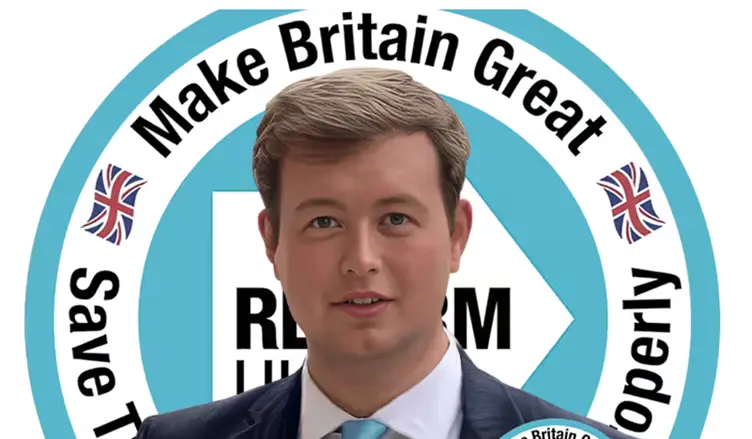Reform UK is under pressure to prove the legitimacy of its election candidates. Concerns have emerged about the lack of candidate information and potential use of AI-generated photos.
The party defends its 609 candidates, but experts warn about the implications of using AI in election materials. Reform UK insists all candidates are real despite some being just “paper candidates.”
Lack of Candidate Information
Questions have been raised about several Reform UK candidates who lacked photos, biographies, and contact details. The Liberal Democrats have called for evidence of these candidates’ authenticity amid concerns about the lack of information.
A source from the Liberal Democrats stated, “This doesn’t sound right and Reform should come clean with evidence. We need Reform to show who they are. People need to have faith in the democratic process.”
The party’s election website lists numerous candidates with only their name and constituency. Many have no online presence and did not campaign, with some not even attending electoral counts.
Electoral Rules and Anonymity
Electoral rules require candidates to provide their full name, constituency, and have an agent and 10 local voter nominations. Despite this, questions have arisen about the validity of some candidates.
One individual denied their candidacy despite having the same name and location as a listed candidate. While no evidence suggests the candidates are fake, such a scenario would constitute a serious electoral offence.
Reform UK’s Defence
Reform UK aimed to maximise its national vote share with a full slate of candidates. Some of these candidates, despite their anonymity, received thousands of votes.
A Reform source asserted, “All our candidates are categorically real. Given the rush, a few are just paper candidates and didn’t campaign. Some people began as paper candidates but then did campaign…”
For instance, James McMurdock in South Basildon and East Thurrock, initially a paper candidate, eventually campaigned and won his seat.
AI-Generated Photos Controversy
The Guardian verified one suspected fake candidate whose election photo appeared AI-generated. Mark Matlock, who received 1,758 votes in Clapham and Brixton Hill, explained that his photo was altered only to change his tie and suit colour.
Matlock stated, “The image is me. Stupidly, I had to get it altered as I couldn’t get to a photographer on time.”
Matlock participated in a leaflet drop and attributed the rush in candidate placements to the snap election call by Rishi Sunak.
Funding and Donors
Reform UK raised the most funds during the fourth week of the campaign, amassing nearly £600,000. Significant contributions included £200,000 from new donor Zia Yusuf and £125,000 from businessman Jeremy Hosking.
Other donors included anti-vax former Tory MP Andrew Bridgen.
Expert Opinions on AI Usage
AI expert John Kirk remarked, “The use of generative AI technology in official photography and election materials can save time and money but can also cause confusion and suspicion if the images are not from traditional photography.”
Tech expert Suid Adeyanju warned, “In an election riddled with fraudulent emails, misinformation, and deepfakes, the slightest hint of AI-generated imagery on official literature will cause controversy and raise questions about the threat the technology poses to democracy.”
Reform UK’s reliance on numerous anonymous candidates and potential AI-generated photos has sparked significant concern. The party insists on the authenticity of all candidates, but the debate raises important questions about transparency and trust in the election process.
As the scrutiny continues, the implications of AI in election materials remain a contentious issue. The pressure is on Reform UK to provide clear evidence and maintain public confidence in the democratic system.

